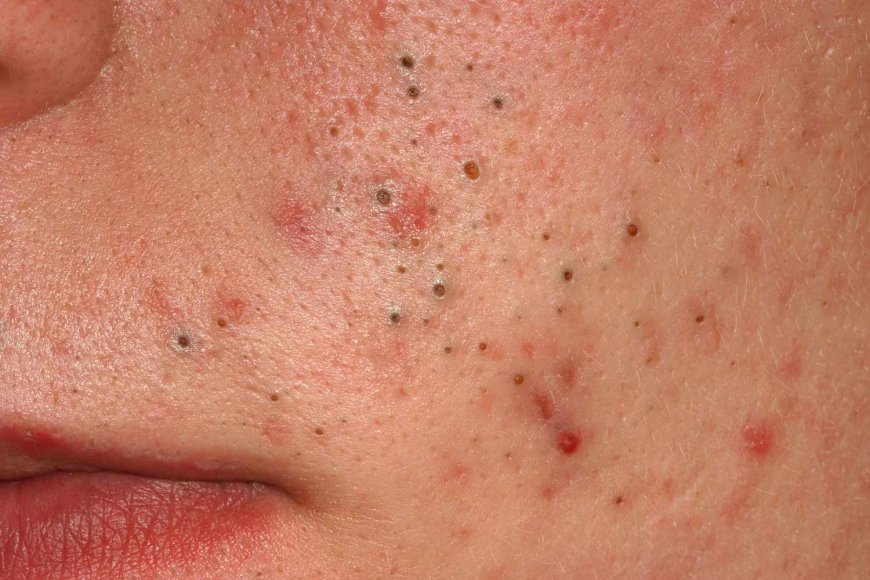Milia are small, white cysts that typically appear on the face, especially around the eyes and cheeks. While they are harmless, many people seek effective treatments to achieve clearer skin. Discovering the right Milia Treatments in Dubai can help you get rid of these pesky bumps, restoring your confidence and ensuring your skin looks its best.
Understanding Milia
Milia occur when keratin, a protein found in the skin, becomes trapped beneath the skin’s surface. This can happen for various reasons, including skin damage, sun exposure, or simply genetic predisposition. Unlike acne, milia do not usually cause inflammation or redness, making them more challenging to notice. However, their presence can be frustrating, especially for those striving for a flawless complexion.
Milia can appear in various sizes, and while they can develop on anyone at any age, they are most common in infants and young children. In adults, milia often emerge as a result of skin trauma, such as burns, rashes, or aggressive exfoliation. Understanding the cause of milia on your skin can help in selecting the most appropriate treatment.
Effective Home Remedies
Before seeking professional treatments, many individuals turn to home remedies for milia. While results can vary, these natural options are gentle and often readily available.
1. Exfoliation
Regular exfoliation can help to remove dead skin cells and prevent milia from forming. Using a gentle exfoliant, such as a chemical exfoliant containing glycolic or salicylic acid, can promote cell turnover. This can help dislodge trapped keratin and keep the skin smooth.
2. Steam Treatments
Steaming your face can help open up your pores, making it easier for milia to be expelled. After steaming, you can gently exfoliate your skin to remove dead skin cells. This method can be repeated weekly for best results.
3. Honey and Lemon Mask
A natural remedy involves mixing honey and lemon juice to create a mask. Honey is known for its antibacterial properties, while lemon can help brighten the skin. Applying this mask for 15-20 minutes before rinsing can contribute to healthier-looking skin.
4. Aloe Vera Gel
Aloe vera is renowned for its soothing properties. Applying fresh aloe vera gel directly to the affected areas can help to calm the skin and promote healing, potentially reducing the appearance of milia.
Professional Treatments
If home remedies do not provide the desired results, various professional treatments can effectively eliminate milia. Here are some options to consider:
1. Extraction
One of the most common methods for treating milia is manual extraction by a dermatologist or licensed aesthetician. This involves using a sterile needle or a special tool to gently remove the milia from the skin. While this procedure is quick and effective, it should only be performed by a professional to prevent infection and scarring.
2. Chemical Peels
Chemical peels utilize acids to exfoliate the skin deeply. This treatment can help remove the outer layer of dead skin, promoting new cell growth and reducing the likelihood of milia formation. Depending on your skin type, dermatologists may recommend different types of peels, such as glycolic or salicylic acid peels.
3. Microdermabrasion
Microdermabrasion is a non-invasive procedure that exfoliates the skin using tiny crystals to remove dead skin cells. This treatment can improve skin texture, reduce the appearance of milia, and promote a clearer complexion.
4. Retinoid Creams
Topical retinoids, which are derived from vitamin A, can help prevent milia by promoting cell turnover. By applying a retinoid cream regularly, you may reduce the likelihood of keratin buildup, resulting in smoother skin.
Prevention Tips
Prevention is always better than treatment. Here are some tips to help you avoid the formation of milia:
1. Moisturize Wisely
Using the right moisturizer is essential for maintaining healthy skin. Choose non-comedogenic products that won't clog pores and contribute to milia formation.
2. Sun Protection
Sun damage can lead to skin changes that promote milia development. Wearing sunscreen daily, even when it’s cloudy, helps protect your skin and reduces the risk of milia.
3. Gentle Skin Care
Avoid harsh scrubs and overly aggressive skincare routines. Gentle cleansing and moisturizing are key to maintaining skin health without causing irritation or damage.
4. Consult a Dermatologist
If you're prone to milia or have concerns about your skin, consider consulting a dermatologist. They can provide personalized advice and recommend appropriate treatments tailored to your skin type.
Conclusion
Milia may be harmless, but their presence can be a source of frustration for many individuals seeking clear skin. Understanding effective milia treatments—from home remedies to professional options—can help you achieve the smooth, radiant complexion you desire. By implementing proper prevention techniques and seeking timely treatment, you can minimize the occurrence of milia and enjoy healthier, clearer skin. Embrace your skincare journey and remember that beautiful skin is within your reach!


 laiba5656
laiba5656